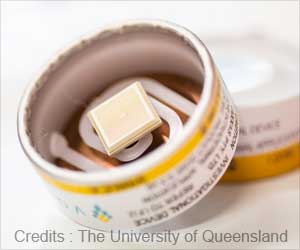“We don’t know much about why this is happening,” says Dr. Lynnette McCluskey, neurobiologist and taste researcher in the Department of Neuroscience and Regenerative Medicine at the Medical College of Georgia at Augusta University.
Whether tongue and taste buds also have the well-known ACE2 receptors found on cells in the lungs, heart, kidneys, intestines, and brain to which the COVID-19 latches is unknown. This made researchers explore more into this.
Researchers developed three novel genetically modified mice, including a “humanized mouse” that expresses human ACE2, to enable further exploration.
ACE1, or angiotensin-converting enzyme as its name implies, cleaves the hormone angiotensin I to produce angiotensin II, a powerful constrictor of blood vessels, to help regulate fluid volume as part of the body’s renin-angiotensin system.
Subsequent studies have found it also has a role in taste function, especially modulating our taste of salt
While it’s known that human and mice ACE2 are distinctive mice cannot be infected with SARS-CoV-2, there are conflicting findings of whether ACE2 is even present in the taste buds of animals, never mind what they are doing there in mice or man.
The model reflects the mouse’s natural expression of ACE2, which will help answer questions like where ACE2 even is and what it’s doing there.
The second model enables them to remove ACE2 from any single tissue type they choose, like the lungs or tongue, to better understand what it does naturally throughout the body and any role it may play with infection.
It will also enable the scientists to hone in on what ACE2 is doing, if anything, in taste buds. They want to know what happens to the number and function of taste cells when ACE2 is missing and check to see what happens to the sense of taste.
If it’s present, they suspect its normal function is messed up by the viral infection, as it is in the lungs, which can become overwhelmed with inflammation, a mechanism that at the right amount is protective against infection.
The third mouse model fluorescently labels ACE2-expressing cells so the scientists can better see where they are throughout the body and potentially trace them from the tongue to the brain.
The fluorescent tracing will enable them to see specifically where or if the receptor is present in the different taste cell types present.
These cells are important for sensing sour and also for sending information to the nerves that connect with taste buds and ultimately to the brain.
At this juncture, they are not certain if taste cells are even lost with infection and if regeneration is happening if they are.
An early hypothesis for SARS-CoV-2’s impact on taste was that it was the smell that was affected and taste loss was secondary. There are cells in the brain that light up only in response to taste and smell.
Source: Medindia



